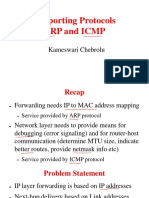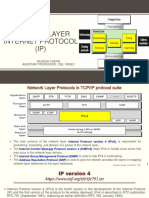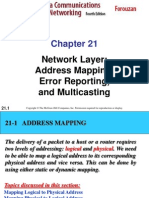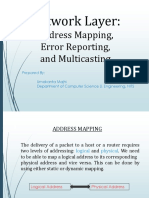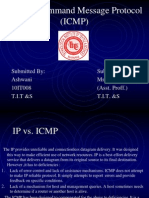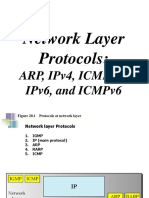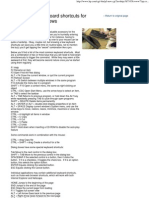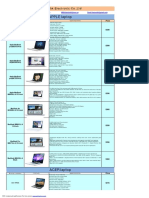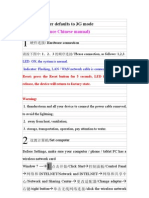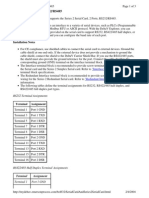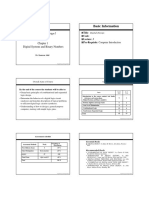0% found this document useful (0 votes)
19 views64 pagesSession 3 Network Layer Updated
The session covers the function and operation of network layer protocols including DHCP, NAT, ARP, and ICMP, as well as the differences between IPv4 and IPv6. Key topics include dynamic IP address assignment, address resolution, and error reporting mechanisms. The session also discusses Linux configuration for DHCP and ARP commands, alongside transition strategies for IPv6.
Uploaded by
cmokshith27Copyright
© © All Rights Reserved
We take content rights seriously. If you suspect this is your content, claim it here.
Available Formats
Download as PPTX, PDF, TXT or read online on Scribd
0% found this document useful (0 votes)
19 views64 pagesSession 3 Network Layer Updated
The session covers the function and operation of network layer protocols including DHCP, NAT, ARP, and ICMP, as well as the differences between IPv4 and IPv6. Key topics include dynamic IP address assignment, address resolution, and error reporting mechanisms. The session also discusses Linux configuration for DHCP and ARP commands, alongside transition strategies for IPv6.
Uploaded by
cmokshith27Copyright
© © All Rights Reserved
We take content rights seriously. If you suspect this is your content, claim it here.
Available Formats
Download as PPTX, PDF, TXT or read online on Scribd
/ 64

















